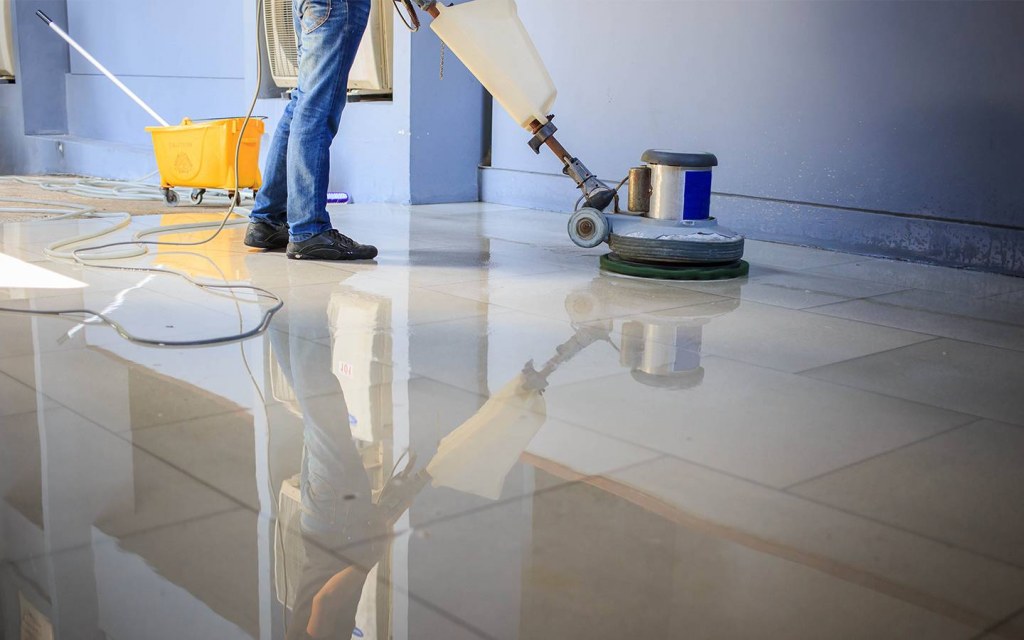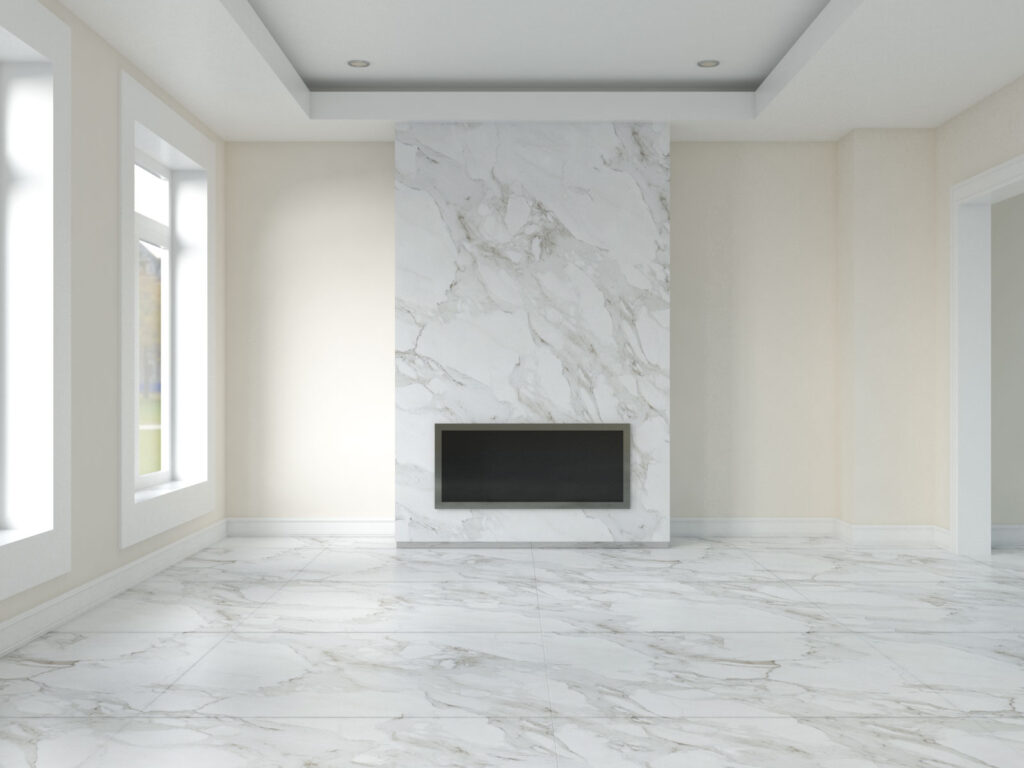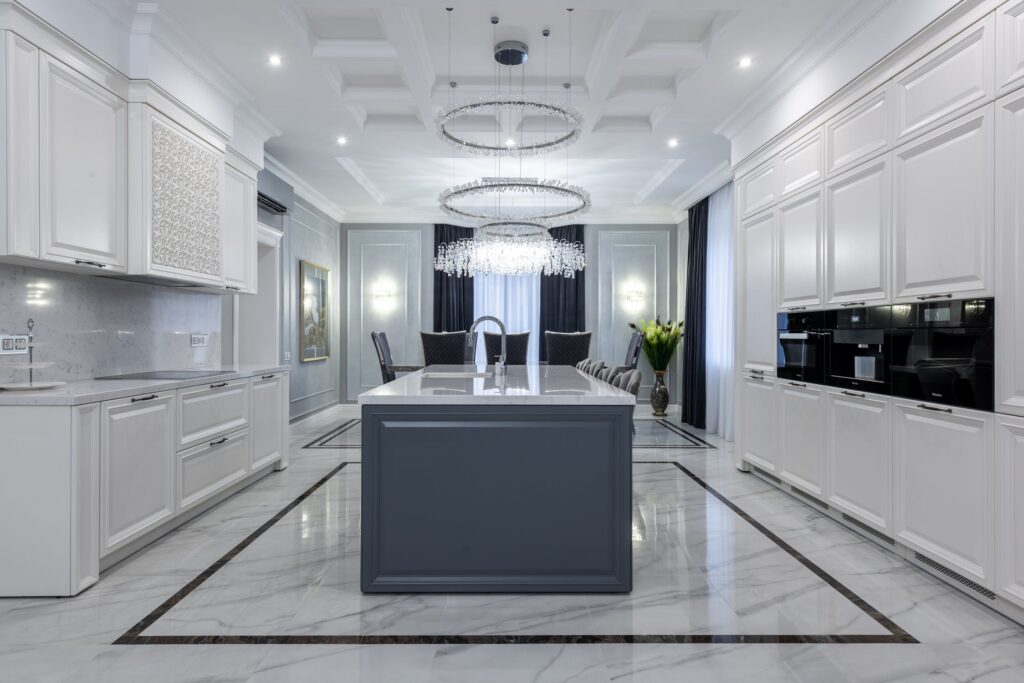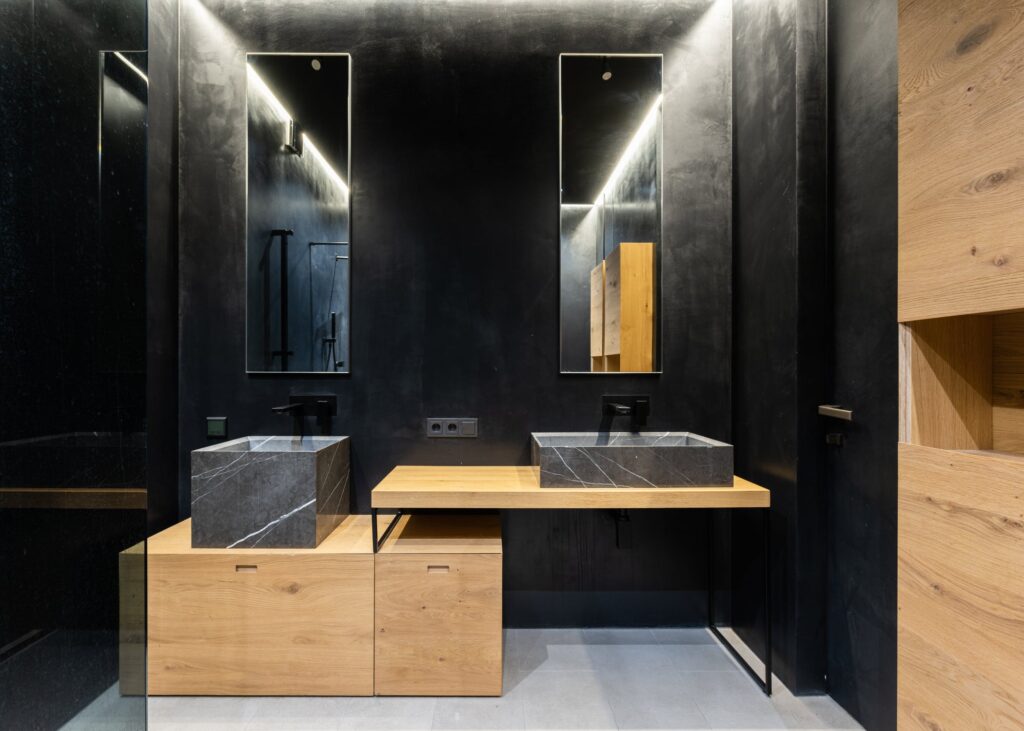Marble is a classic, timeless material that has been used as flooring in elegant building designs since Roman times. In fact, Italy is well-known for their marble structures ranging from impressive collisseums, to marble statues created during the Renaissance period.
Famous marble structures include Michelangelo’s Statue of David, the Taj Mahal in India, and the Parthenon in Greece. These elegant marble creations have withstood the test of time, bringing ancient building and design practices into the modern era. Marble is a surprisingly durable material that can last generations when properly cared for.
Today, homes are typically adorned with marble for the classy, sophisticated look that they give off. Most historical European homes that still stand today continue to preserve their marble structures, and many modern homes are turning to natural stone for a pleasantly eye-catching accent to their home. In some countries, marble flooring is used to show off wealth.
How to Clean Marble Flooring

Cleaning marble flooring can be a drag, as the natural stone is sensitive to almost every cleaning product in the market. Acid is a big restriction to marble, as acidic solutions as mild as vinegar can corrode marble in what is called Etching. Etching results in a cloudy, white appearance on the marble surface, with a rough texture.
Marble is also easy to scratch, even with a protective polish. When cleaning marble, always stick to natural stone cleaners like Stone Care and Granite Gold, or make your own stone-safe cleaning product using water with a few tablespoons of castile soap.
How to Polish Marble Flooring

It is something best left to the professionals, as professional cleaners will know how to polish marble properly without scratching or corroding the surface. You should have your marble floors polished every few months to protect your floors from scratches, moisture, and damage. We suggest scouting for a reputable cleaning company as soon as you buy marble.
In Singapore, Luce Maintenance Group is a trusted and reputable company that handles marble floors like they’re no big deal! Their decades of experience makes them a prime choice for marble cleaning, polishing, and maintenance so you can keep enjoying your classy marble floors for generations to come! Check out their website here: sg.lucemg.com/services/marble-polishing
Popular Types of Marble Used in Homes

If you’re looking to apply marble flooring into your home, you’re not alone! Marble is a popular addition to modern homes, and different types of marble show off different qualities. Pure marble is an expensive design, and there are a few things to consider before installing it into your home: one being that there are different types of marble used in homes.
Here are 5 popular types of marble still used in homes today. These types or marbles typically originate from regions in Italy and Spain, but can also be found in man-made replicas, or as cultured marble slabs for a more economical choice!
1. Carrara Marble

Carrara is one of the most famous marbles in Italy, being available in a few select quarries across the country. It is fairly common compared to other types of marble materials, and is considered one of the most widely used marbles in homes around the world.
Known for its feathery wisps of gray amidst a stunning white background, Carrara marble is prized for its clean-looking patterns, and its versatility to be used as flooring, countertops, and other structures around the home. It is considered an economical marble, yet keeps its purity unlike cultured or resin marble slabs.
2. Calacatta Marble

Similarly to Carrara marble, Calacatta marble is a type of marble that hails from select quarries in Italy, and features a bright white background with grainy flecks of gray. It is deemed to be more expensive than Carrara marble due to its rarity and overall difficulty to extract. Only a few companies are authorized to mine the natural stone, making it a rare find.
It is the prime choice for designer homes, as the marble is seen as a status symbol for those who can afford to buy such a luxurious marble. As one of the most expensive types of marble, Calacatta has many imitations, particularly Carrara marble passed off as Calacatta marble. Be wary when purchasing this material for your home!
3. Emperador Marble

It is found in Spain, and features monotone shades of brown that are adorned with beige or ecru veining. Ranging from a dark, coffee-colored brown to a light cream color, Emperador marble has a niche audience when compared to Calacatta or Statuario, but is a popular choice for homes nonetheless.
It is commonly used in bathrooms to provide a dark, yet sophisticated look to an otherwise regular room. Countertops made with Emperador marble is said to glisten with gold flecks when light bounces off the material, and the marble is considered a symbol of royalty and refinement.
4. Tumbled Marble

It is a type of marble that is as natural as you can get. The term tumbled refers to how these natural stone slabs are processed to provide an uneven texture and a rustic, matte finish. Tumbled marble makes a great choice for homes looking for a rustic feel while keeping class.
It can range from light to dark marble colors, and are often devoid of visible veining due to the matte finish of the product. This natural stone is favored for outdoor use, as the rustic elements of Tumbled marble blend perfectly with gardens, patios, and gazebos.
5. Cultured Marble

It is a type of marble that is, well, less than natural. Not all designers would consider Cultured marble to be true marble, as the material is made from pulverized marble pieces mixed in with binders and resin to create a marble-like material that is more economical than natural.
Still, Cultured marble provides a touch of sophistication in homes without the weight of the heavy price tag of natural marbles. Cultured marble is a popular choice for homes where price matters, and Cultured marble can adorn the home with elegance when used in appropriate interior designs.






